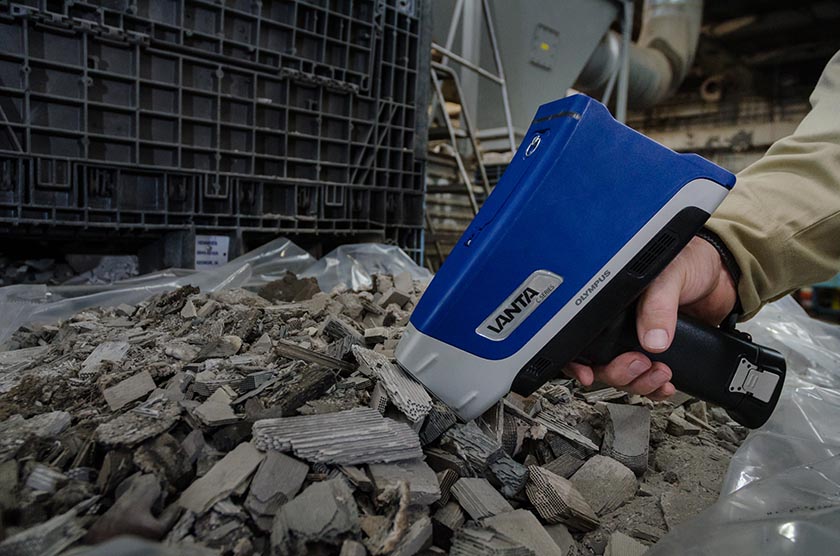We sat down with Peter Faulkner, our Director of Market Development for analytical instruments, to discuss that latest industry trends for car catalyst recycling.
Q: Why are car catalysts valuable?
A: Each catalytic converter manufacturer has their own formula that they’ve developed to reduce the emission of incomplete combustion products, like carbon monoxide.
The core of each catalytic converter is an internal ceramic honeycomb structure that has a washcoat containing platinum (Pt), palladium (Pd), and rhodium (Rh). Other beneficial elements may also be present.
Platinum, palladium, and rhodium are called platinum-group metals (PGMs), and they’re very valuable. In addition to their useful catalytic properties, they’re also resistant to wear, making them, especially platinum, a sought after metal for making jewelry. Because of their value, recycling these metals from catalytic converters is important.

Q: How is XRF used in the recycling process?
A: An X-ray fluorescence (XRF) analyzer can measure material chemistry on the spot to identify platinum, palladium, and rhodium. Along with knowledge of the converter type, XRF analyzers enable fast sorting using a handheld device that can provide results in seconds.
Q: What is a washcoat?
A: The catalytic converters are coated with an aluminum oxide layer (also known as washcoat) along with PGM additives, which serve as the catalysts, and other elements during their manufacture. Converters containing the washcoat substrate, known as cordierite, compose about 95% of the automotive market.

Q: Are there issues with fraud in recycling car catalysts?
A: Handheld XRF analyzers are optimized with an element suite to account for all possible matrix effects and/or elemental overlaps. For example, selenium and tantalum have been used interchangeably to falsely increase platinum values. This is done with the foreknowledge that XRF concentration values could be tricked by the overlapping characteristic energies of the elements. However, Vanta™ analyzers have algorithms in place to distinguish one from the other to recognize this kind of fraud.

Related Content
How Vanta Analyzers Make Car Catalyst Recycling More Efficient
Automotive Catalytic Converter Recycling
Vanta for Car Catalyst Recycling
Get In Touch

